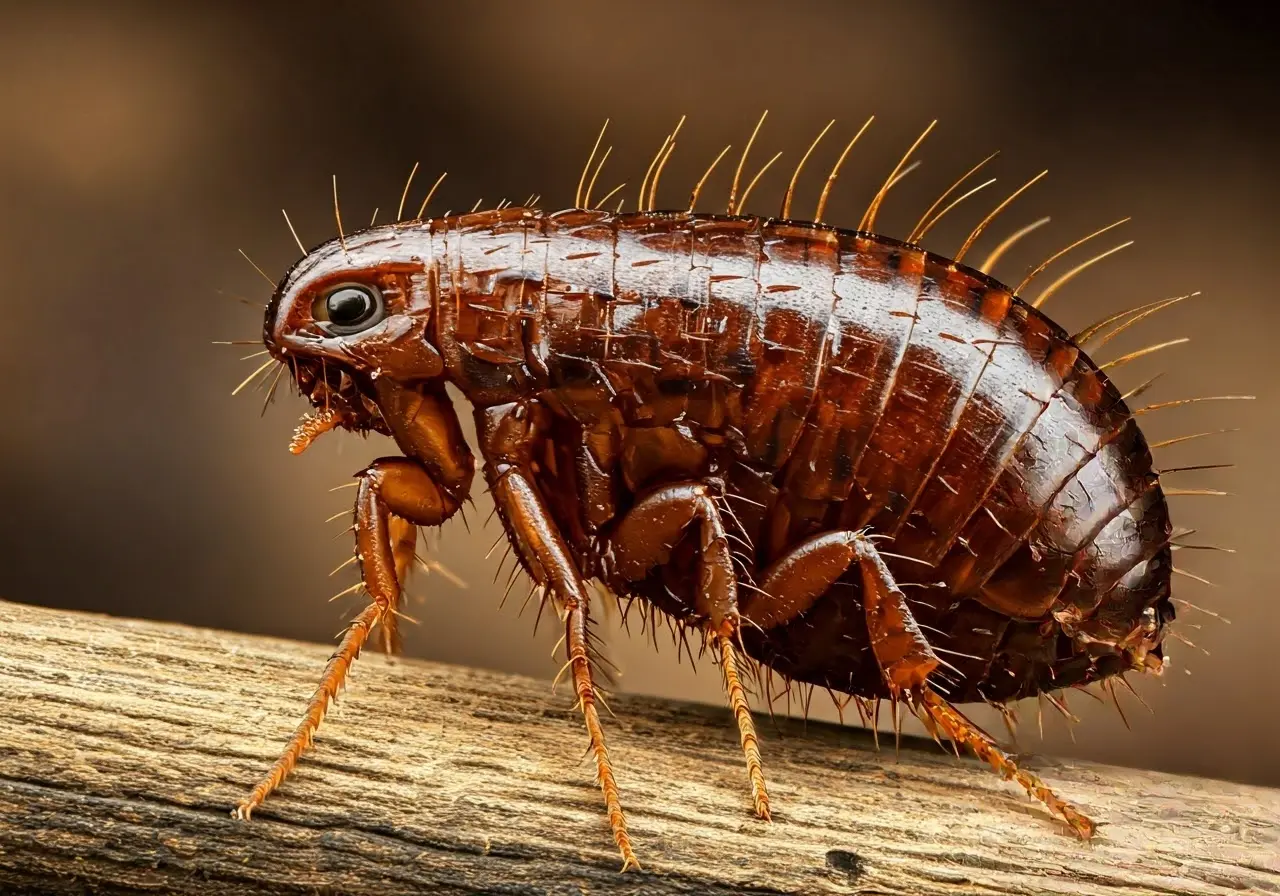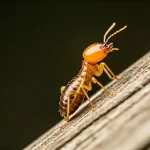Fleas are notorious pests that can cause significant discomfort for both pets and humans. Getting rid of them effectively requires a clear understanding of the process and time commitment involved. This FAQ will guide you through the steps needed to completely eradicate fleas from your environment.
Understanding the Flea Life Cycle
To effectively eliminate fleas, it’s crucial to understand their life cycle, which consists of four stages: egg, larva, pupa, and adult. This knowledge helps in targeting fleas at every stage and ensures complete eradication.
Fleas have a remarkable capability to thrive due to their adaptive life stages. The eggs are laid by adult fleas on pets and fall off into their surroundings, making vacuuming a crucial step in flea control. The larvae stage follows, feeding on organic matter, then they spin cocoons and become pupae, which can lie dormant until conditions become favorable for hatching. Understanding these stages can significantly enhance your strategy in battling and eradicating them effectively.
Once fleas reach adulthood, they also begin the cycle anew by laying eggs after consuming a blood meal. This relentless cycle can seem daunting, but awareness is the first step to victory. By interrupting this cycle at each stage, either by physical removal or chemical intervention, you can diminish their population substantially.
Initial Treatment Options
Begin by selecting appropriate treatments, such as topical applications, oral medications, or flea shampoos, for your pets. Consult with a veterinarian to determine the best option that fits your pet’s needs.
Topical flea treatments are among the most common methods used today. These solutions are applied directly to your pet’s skin and are designed to kill fleas on contact. Products containing imidacloprid, for example, work by spreading through the oils on the skin to kill fleas before they bite your pets using various active ingredients.
Oral medications, another effective choice, work through your pet’s bloodstream. These treatments are often administered monthly and provide a level of control as they aim to kill fleas when they feed on your pet. Be sure to follow the recommended guidelines and consult your vet to find a product suitable for your pet’s specific health and lifestyle.
Home Environment Clean-Up
To prevent re-infestation, it’s important to treat your home. Regular vacuuming, washing bedding and fabrics at high temperatures, and using insecticides for carpets and furniture are essential steps in this process.
Home clean-up is not just about treating surfaces but ensuring that potential flea habitats are destroyed. This involves cleaning often overlooked areas like beneath furniture or along floor borders. Regularly washing and vacuuming helps, but targeted pest control treatments may also be necessary in certain cases.
Consider using household sprays designed to kill flea larvae and eggs. These products help in breaking the flea life cycle and should be applied with caution to avoid contact with pets and children.
Monitoring and Maintenance
After the initial cleanup, sustained monitoring and regular maintenance are necessary. Consider monthly flea preventatives for pets and periodic home treatments to keep fleas at bay permanently.
Long-term flea management requires a consistent approach. Regularly check your pets for signs of fleas and use preventative products to maintain their protection against parasitic infestations. Consultations with your veterinarian can provide insights into the best ongoing products for prevention.
Adopt a rigorous cleaning schedule to ensure your home remains an unwelcoming environment for flea reproduction. This means addressing both indoor and outdoor spaces, as flea populations can flourish in obscured garden nooks or within deep carpeting inside your home.
Expected Time Frame for Results
On average, it may take between two to six weeks to completely rid your home of fleas, depending on the severity of the infestation and the diligence in following treatment and maintenance steps.
The time it takes to eliminate fleas is largely dependent on the extent of the infestation and the type of treatment employed. Certain chemicals can start eradicating fleas within a few hours, though it might take weeks to break the cycle entirely, as is recommended by pest control specialists.
Persistence is key, as existing flea eggs can continue to hatch even after the initial treatment is applied, meaning a multi-faceted and sustained approach is required for full eradication.
Achieving a Flea-Free Environment
Getting rid of fleas completely is a process that involves understanding their lifecycle, choosing effective treatments, and maintaining an ongoing prevention strategy. By following the steps outlined, you can ensure your home and pets remain flea-free.




